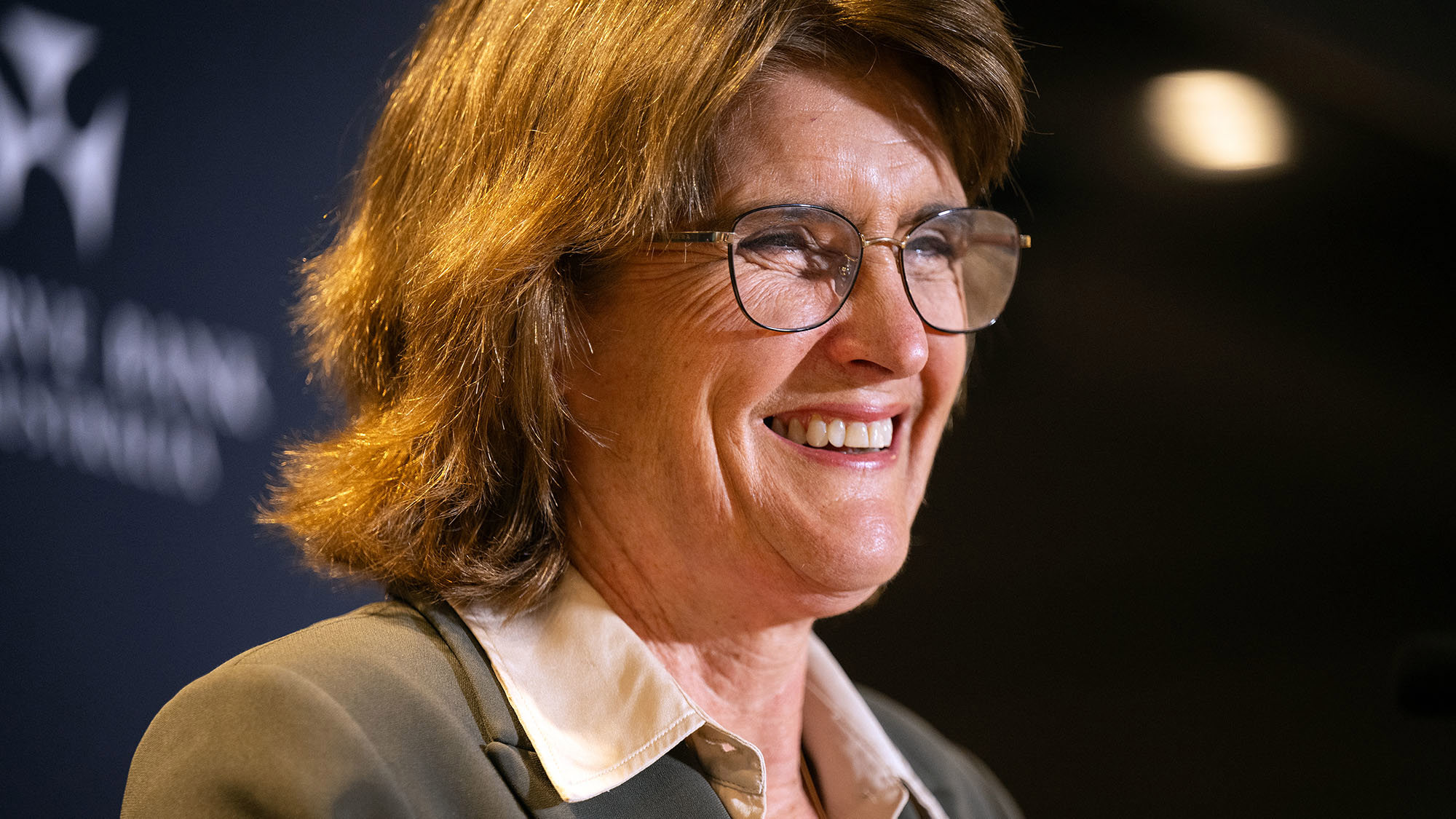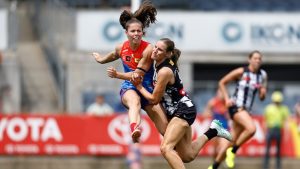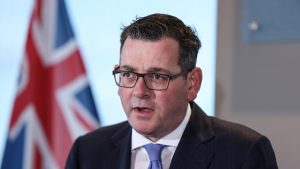
The Reserve Bank has warned it could be forced to increase interest rates in the coming months while admitting at the same time an earlier-than-expected cut could be on the cards if the economy weakens more than expected.
The cautious messaging, from the minutes of the RBA’s September board meeting released this morning, highlights the uncertainty facing the economy – and the central bank as it decides what to do with the cash rate.
The minutes revealed that Governor Michele Bullock and her board discussed the scenarios that would lead them to another increase – a 14th since early 2022 that would take rates to their highest level since mid-2011.
READ MORE: Albanese edges ahead as preferred PM, but held to account over cost of living
One of those scenarios is if households spend the bulk of the extra income generated by the stage 3 tax cuts, therefore keeping inflation higher for longer, or if supply and productivity in the economy are worse than expected.
The bank also noted that the current rate of 4.35 per cent might not be high enough to bring inflation back to target.
“Monetary policy could need to be tightened” in that case, the minutes state, “even if the Board’s judgements about consumption, the labour market and supply potential prove correct”.
READ MORE: The group of Aussies feeling the most financial stress
On the flipside, the RBA acknowledged that an early rate cut could come if the economy continues to weaken, households save most of their tax cuts, or if unemployment rises more than expected.
It also said flatlining rents, petrol prices and other key inflation drivers could bring about a sooner-than-expected cut.
“The RBA continues to be having a bit of a bet each way here… it’s that catchcry that we now hear every time from Michele Bullock: ‘can’t rule anything in, can’t rule anything out’,” 9News finance editor Chris Kohler said.
“The board says it is still very much focused on the data and we do have some crucial data coming up.
“We have jobs figures out next week and the quarterly inflation read at the end of the month. That will absolutely be crucial.”
READ MORE: Aussie on repatriation flight says house ‘bombed’ after he fled
The most recent unemployment data was largely in line with forecasts, while the last headline inflation figures – released the day after the RBA kept rates on hold – showed an expected drop into the target range of 2-3 per cent.
While that was down to falling petrol prices, as well as the federal government’s energy bill relief, the underlying measures of inflation that Bullock and her board focus on also offered some hope, falling to their lowest marks in almost three years.
links to content on ABC
9News





